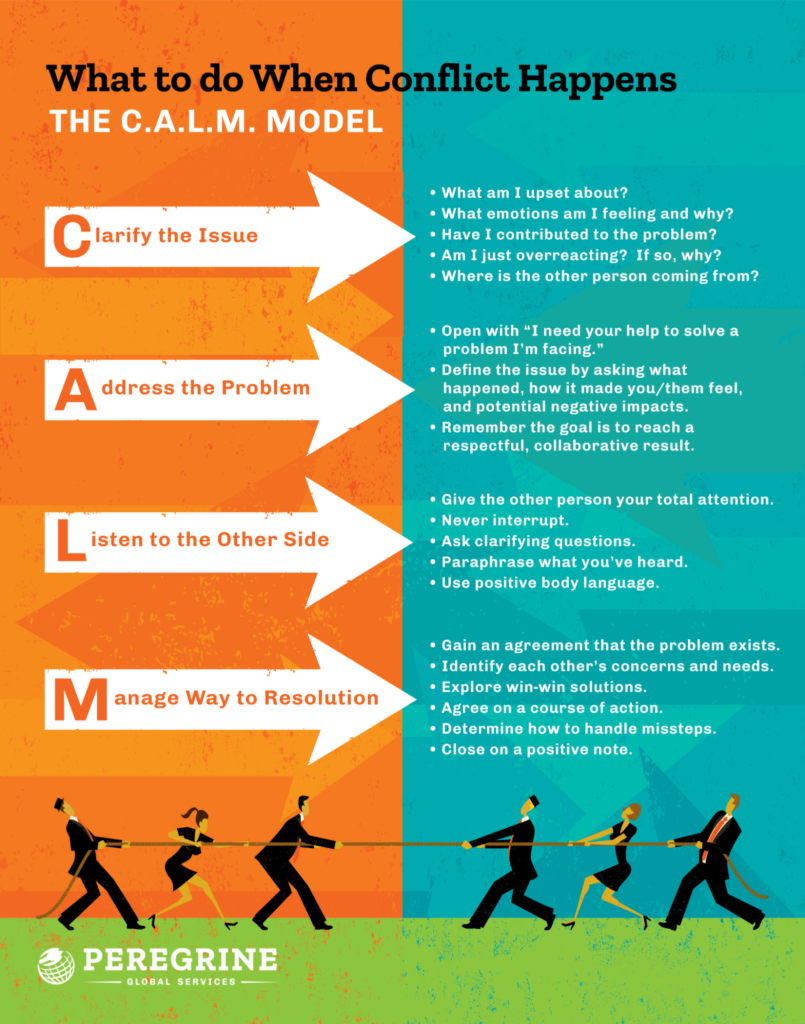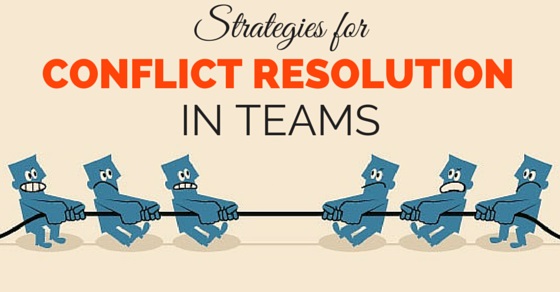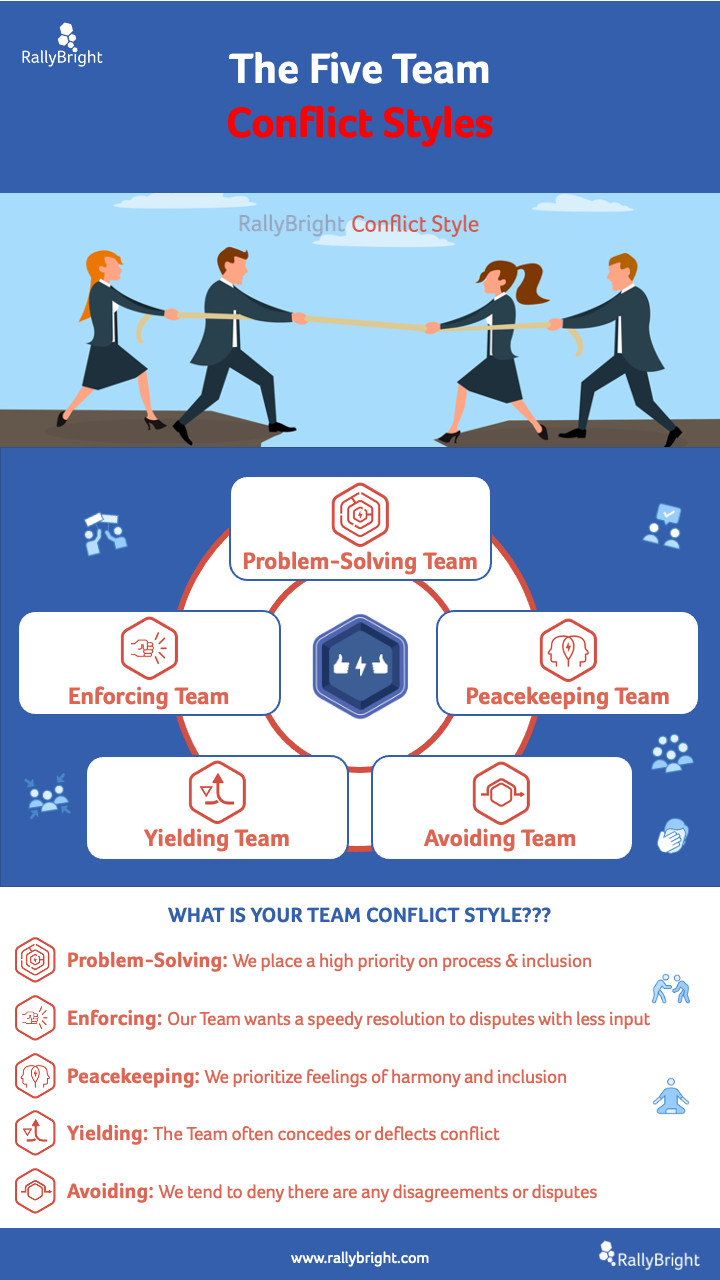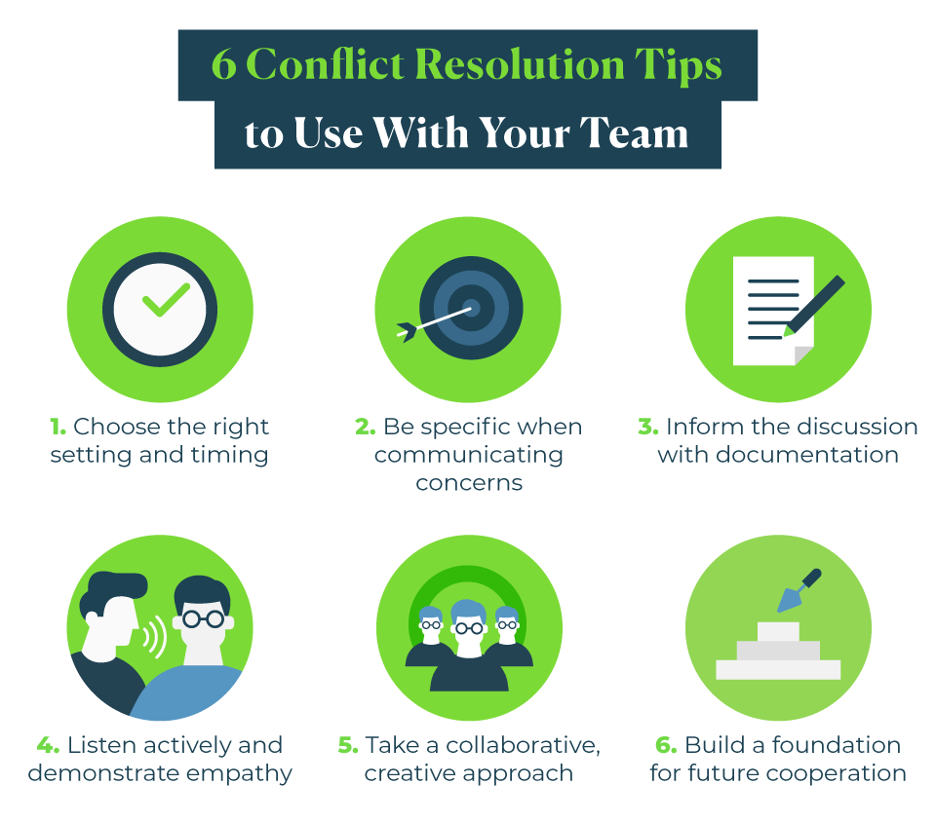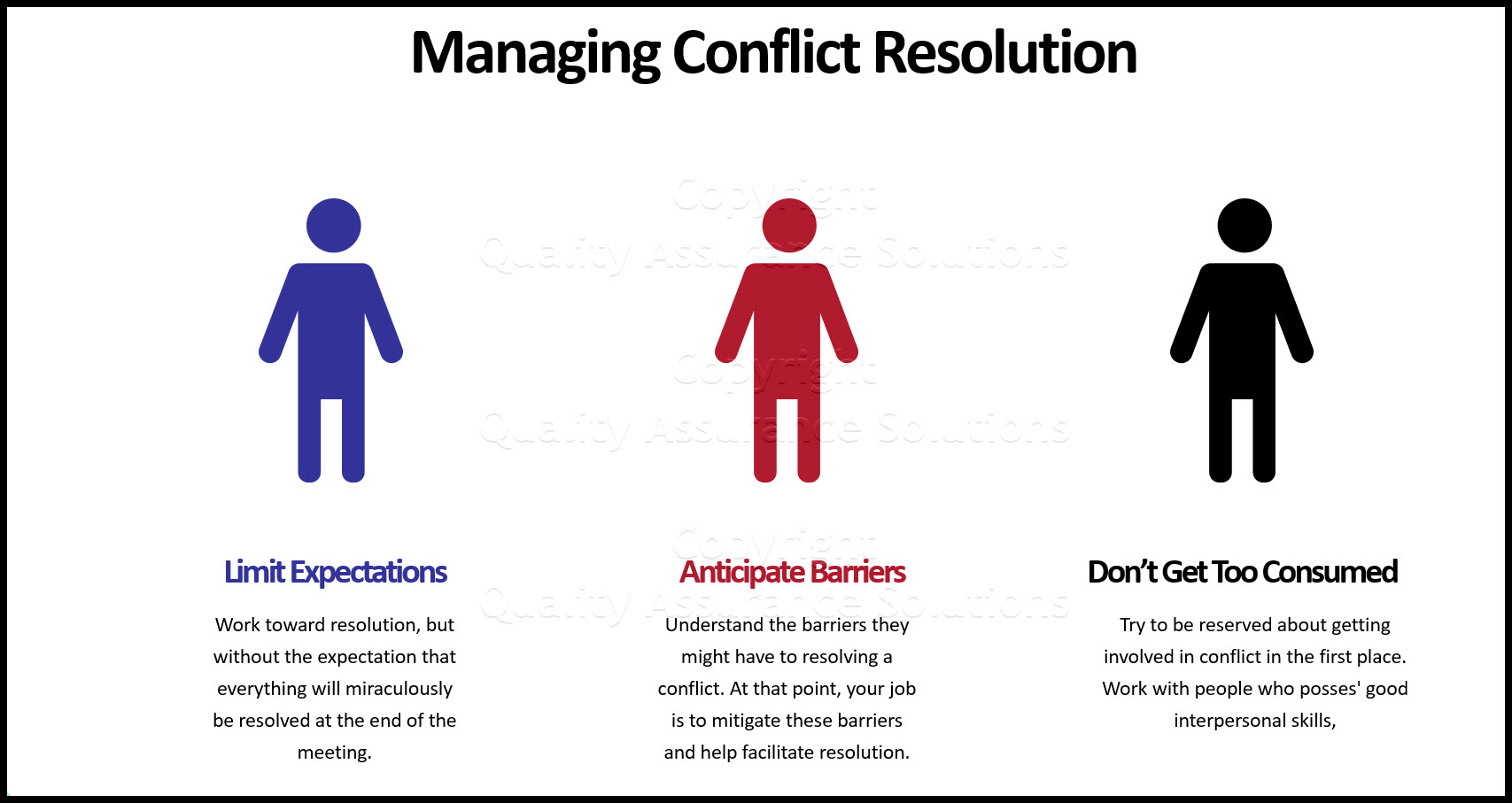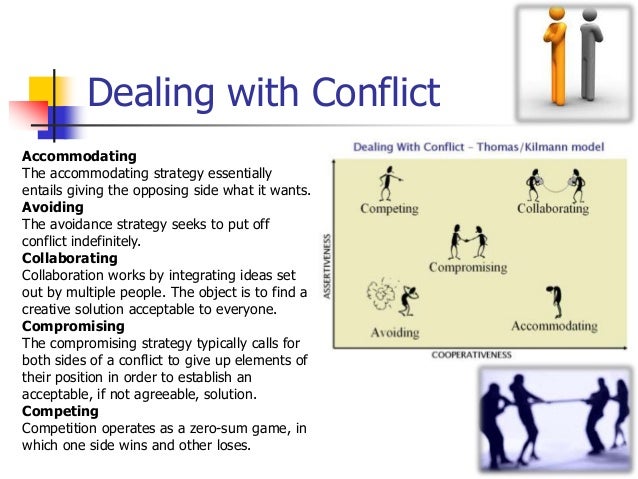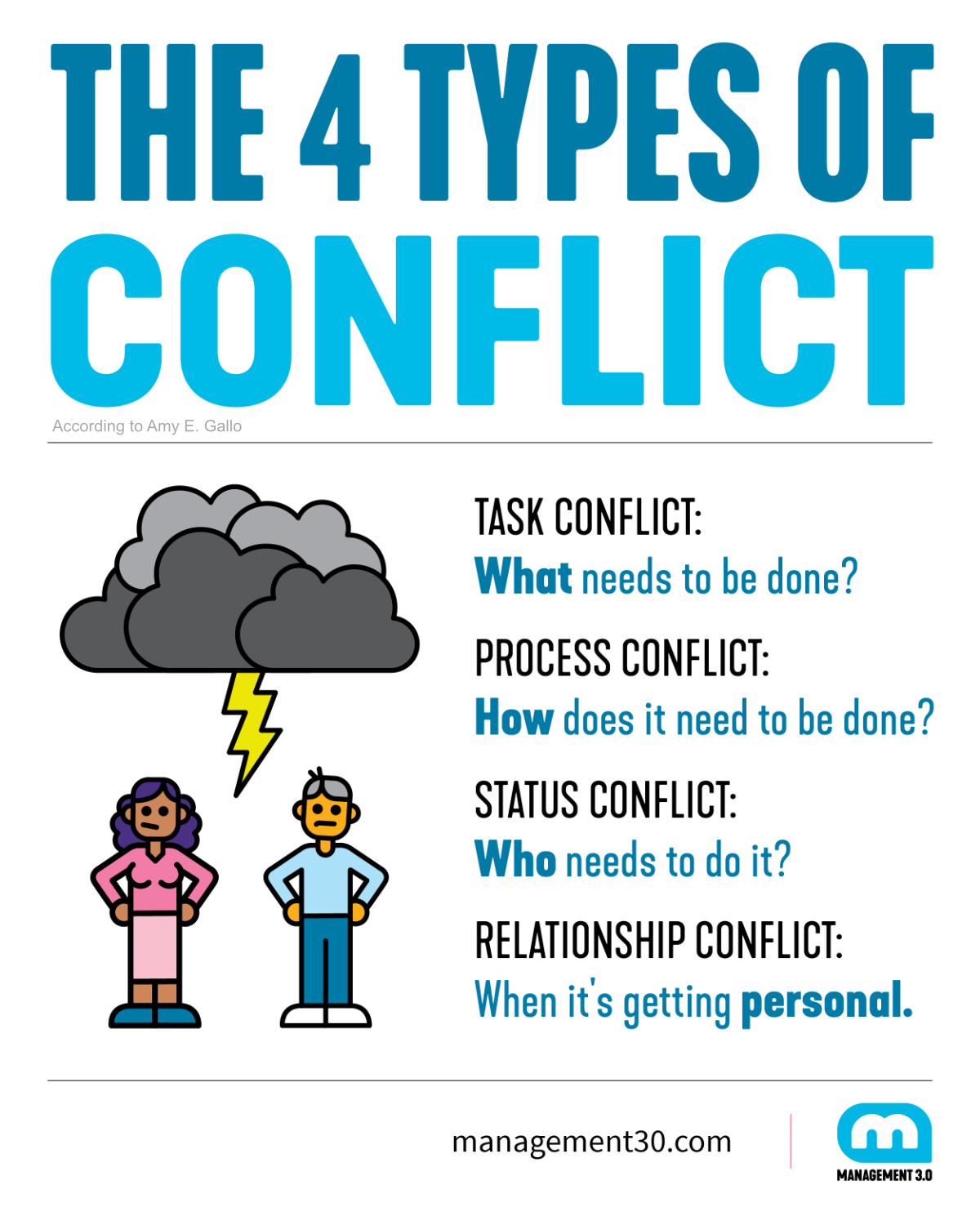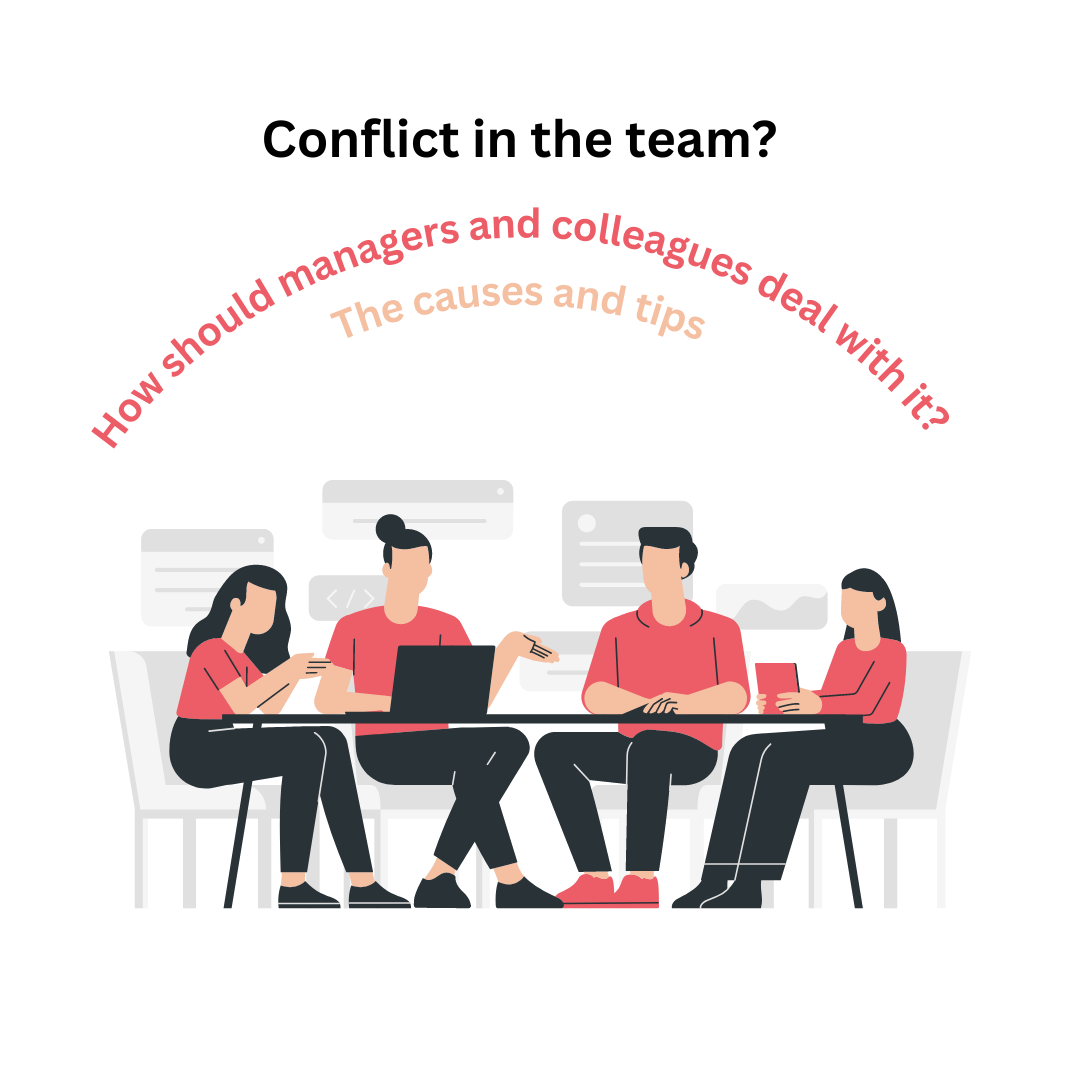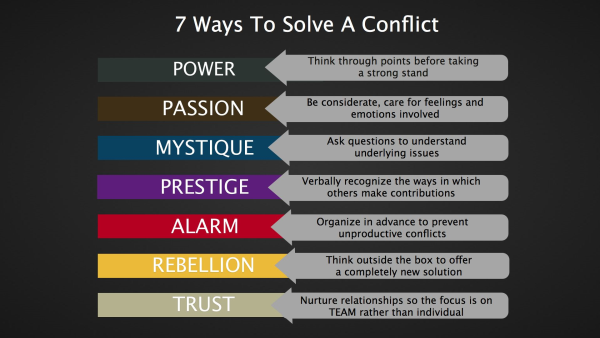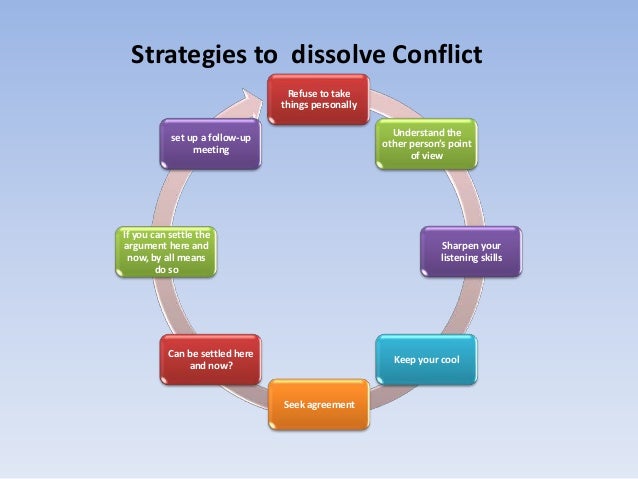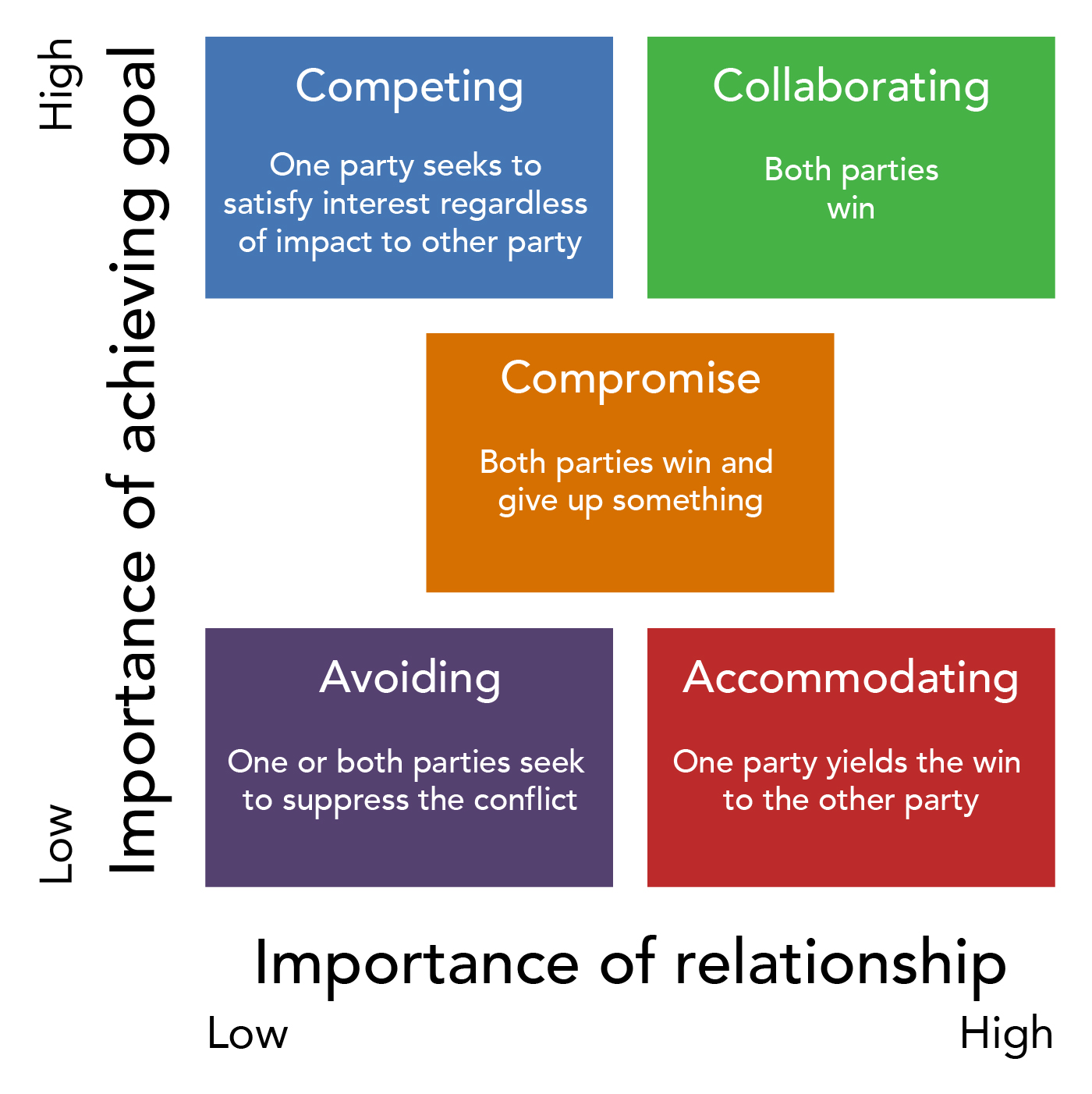How Do You Resolve Conflict In A Team
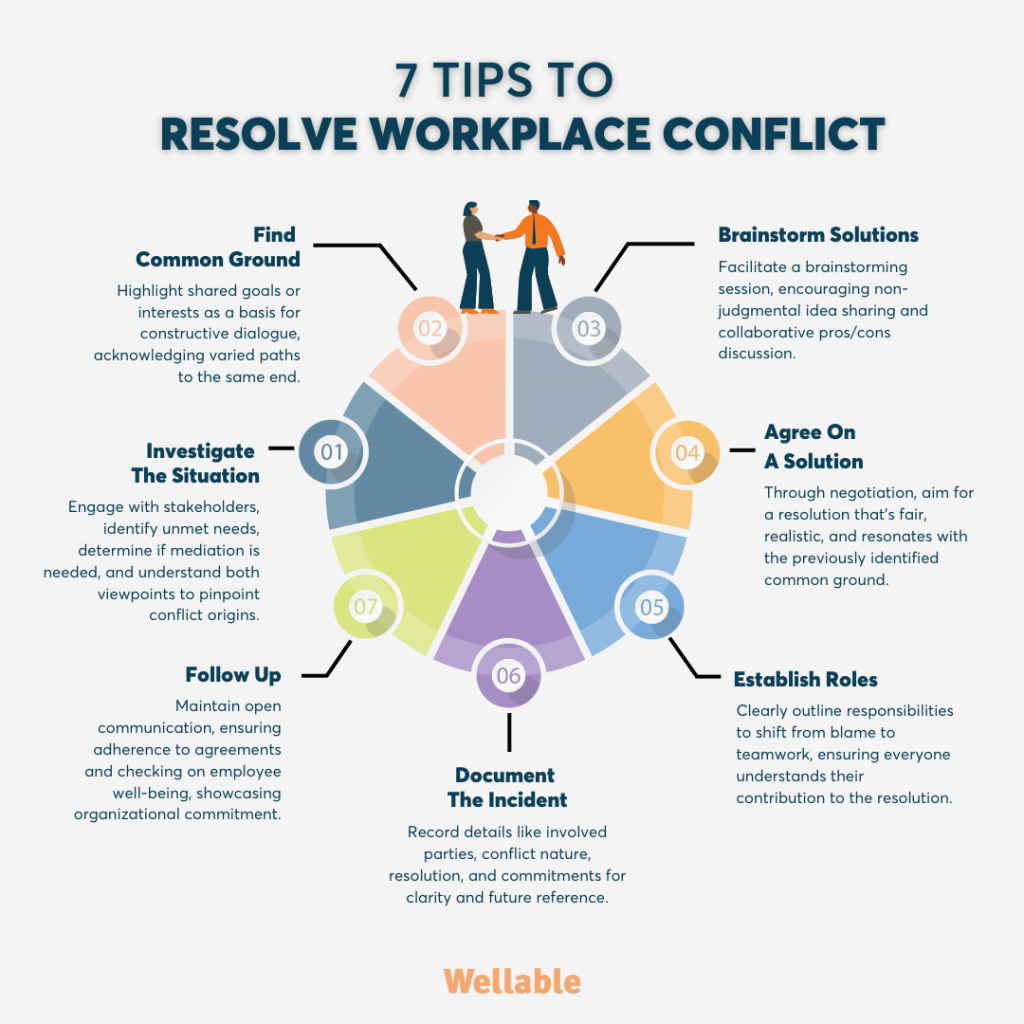
In the high-stakes world of collaborative work, conflict is not a question of if, but when. Unresolved disputes can derail projects, fracture team cohesion, and ultimately impact organizational success. The ability to effectively navigate and resolve conflict is therefore not merely a desirable skill, but a critical necessity for leaders and team members alike.
This article delves into the multifaceted strategies for resolving conflict within a team. It explores various approaches, from proactive prevention to structured mediation, drawing upon expert insights and established best practices. The aim is to provide a comprehensive guide to transforming conflict from a destructive force into an opportunity for growth and innovation.
Understanding the Roots of Conflict
Conflict in teams rarely arises from a single, isolated incident. It often stems from a complex interplay of factors, including differing perspectives, communication breakdowns, and incompatible goals. The Harvard Business Review identifies several common sources, such as resource scarcity, personality clashes, and power struggles.
According to a study by the Project Management Institute (PMI), poor communication is a leading cause of project failure, often leading to conflict. Unclear expectations, inadequate feedback, and a lack of transparency can quickly escalate disagreements.
Other contributing factors include conflicting priorities, value differences, and competition for recognition. Recognizing these underlying causes is the first step toward effective resolution.
Proactive Conflict Prevention
The most effective approach to conflict resolution is often prevention. By establishing clear guidelines, fostering open communication, and promoting a culture of respect, teams can significantly reduce the likelihood of disputes arising in the first place.
One key strategy is to develop a team charter that outlines roles, responsibilities, and decision-making processes. This document serves as a reference point when disagreements occur and helps to ensure that everyone is on the same page.
Regular team meetings, where members can openly share their ideas and concerns, are also essential. Facilitating a safe space for honest dialogue can help to address potential conflicts before they escalate.
Conflict Resolution Strategies
When conflict does arise, a range of resolution strategies can be employed. The most appropriate approach will depend on the nature and severity of the dispute, as well as the personalities and relationships of those involved.
Collaboration, characterized by a willingness to find a mutually beneficial solution, is often the ideal approach. This involves open communication, active listening, and a willingness to compromise.
Compromise, where each party gives up something to reach an agreement, is another viable option. It allows for a resolution that, while not perfect for anyone, is acceptable to all.
Accommodation, where one party yields to the other's demands, can be appropriate in certain situations, such as when the issue is of greater importance to one party or when preserving a relationship is paramount. However, overuse of accommodation can lead to resentment and a lack of innovation.
Avoidance, while sometimes tempting, is generally not an effective long-term strategy. Ignoring conflict often allows it to fester and escalate.
Competition, where one party seeks to impose their will on the other, can be detrimental to team cohesion. It should only be used in situations where a quick decision is critical and one party has clearly superior knowledge or authority.
The Role of Mediation
In some cases, conflict may be too entrenched or emotionally charged for team members to resolve on their own. In these situations, mediation can be a valuable tool. A neutral third party can help to facilitate communication, identify common ground, and guide the parties toward a mutually acceptable solution.
The mediator acts as a facilitator, not a judge. Their role is to help the parties understand each other's perspectives and to explore potential solutions. Successful mediation requires the active participation and willingness of all parties to compromise.
Developing Conflict Resolution Skills
Conflict resolution is a skill that can be developed and honed over time. Training programs and workshops can provide team members with the tools and techniques they need to effectively navigate disagreements.
Active listening, empathy, and assertive communication are essential skills for resolving conflict. Active listening involves paying attention to both the verbal and nonverbal cues of the other party, and demonstrating that you understand their perspective.
Empathy involves understanding and sharing the feelings of another person. It allows you to see the situation from their point of view and to appreciate their concerns.
Assertive communication involves expressing your own needs and opinions clearly and respectfully, without being aggressive or passive.
Looking Ahead: Embracing Conflict as an Opportunity
Rather than viewing conflict as a purely negative phenomenon, organizations should strive to embrace it as an opportunity for growth and innovation. When handled effectively, conflict can lead to new ideas, improved processes, and stronger relationships.
By fostering a culture of open communication, providing conflict resolution training, and establishing clear guidelines for addressing disputes, organizations can transform conflict from a destructive force into a catalyst for positive change. The key is to approach conflict with a mindset of collaboration and a commitment to finding solutions that benefit all parties involved.
The future of teamwork hinges on the ability to not just manage, but to leverage, the inevitable conflicts that arise. Organizations that invest in developing these skills will be best positioned to thrive in an increasingly complex and interconnected world.
